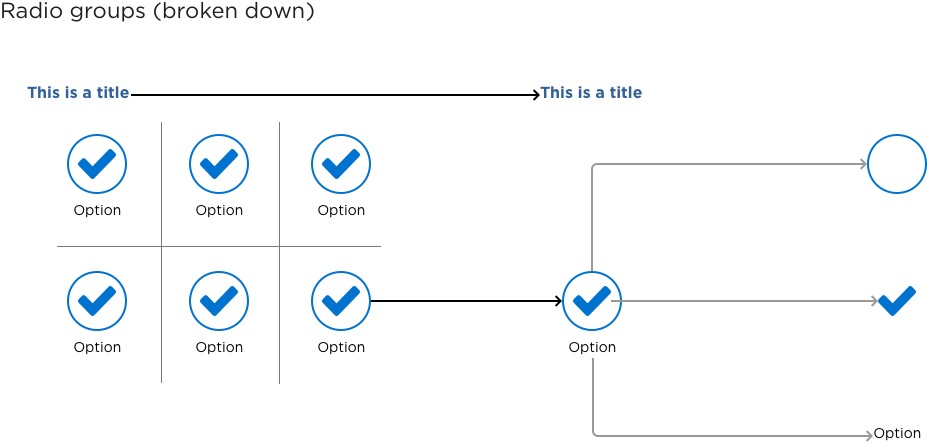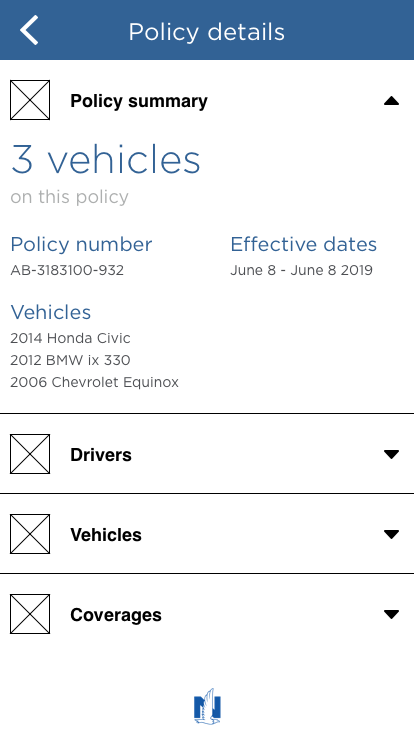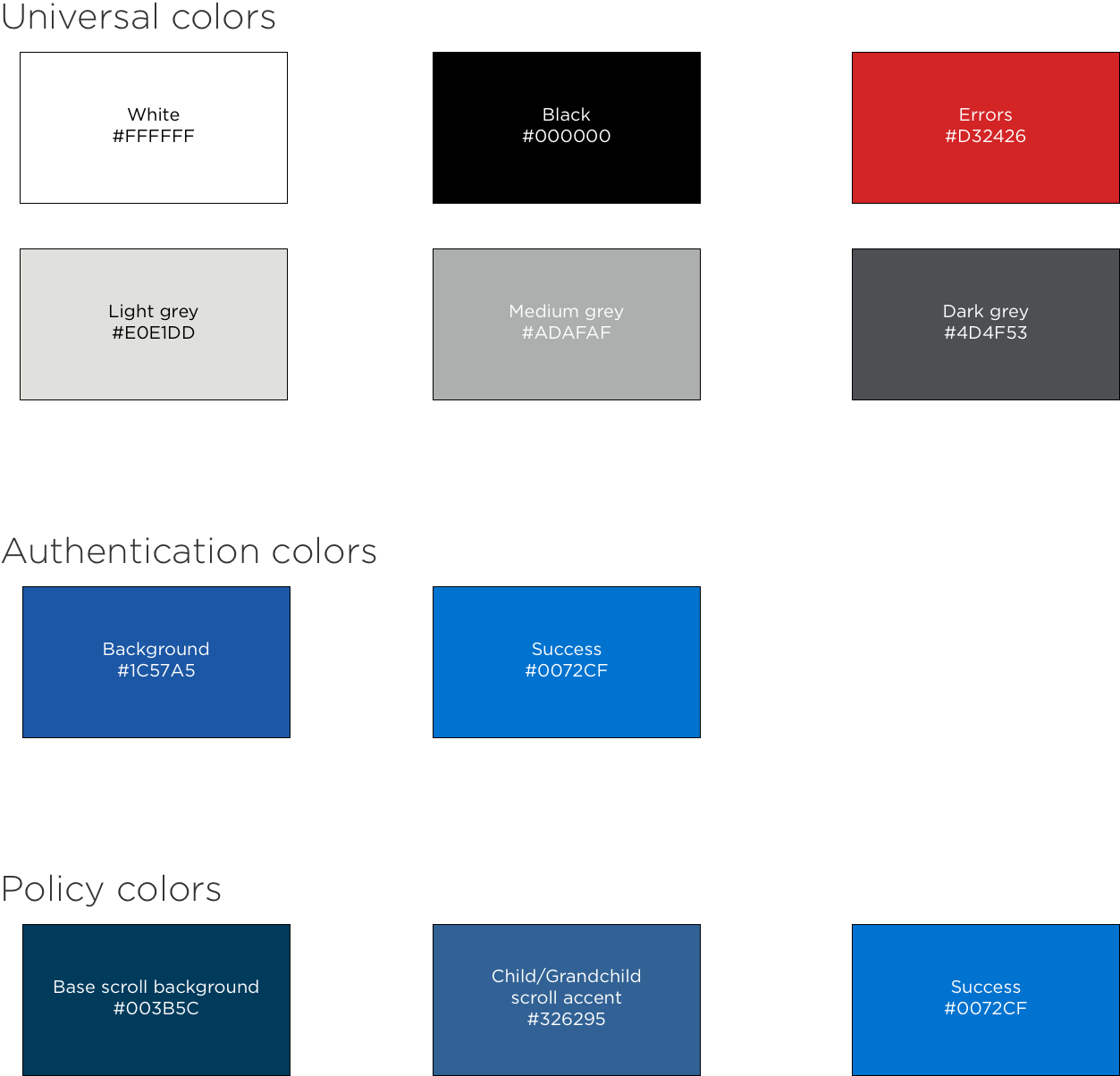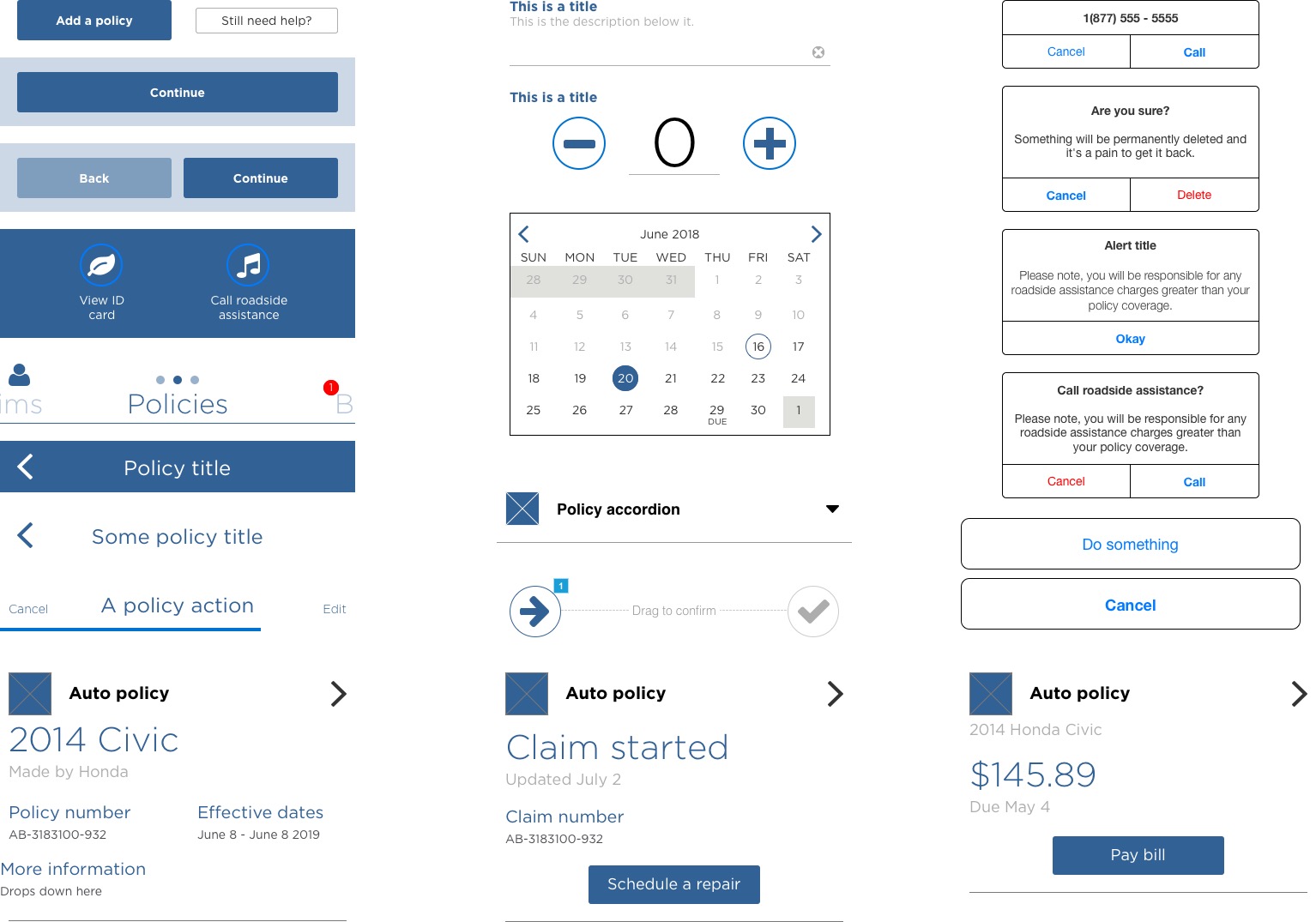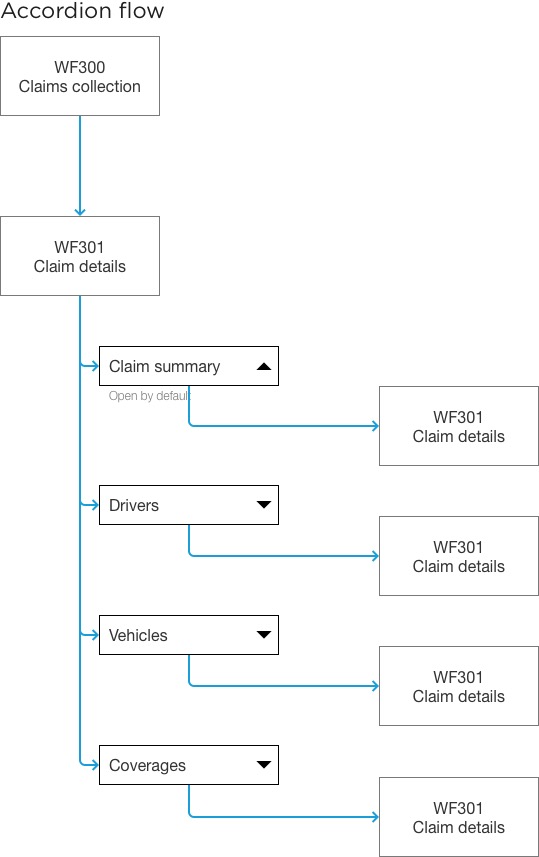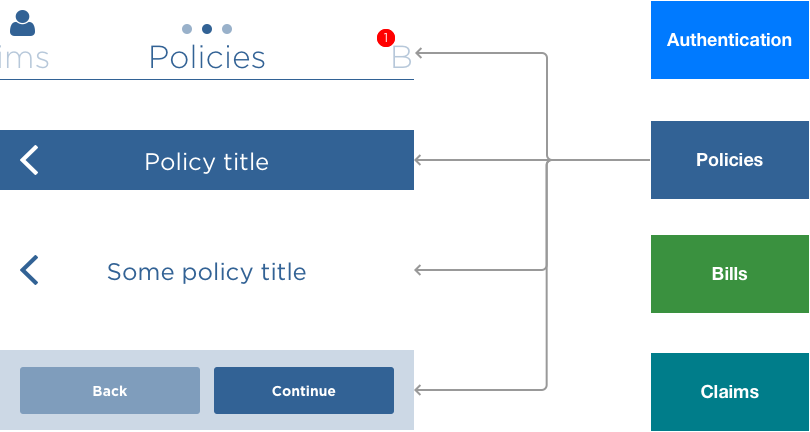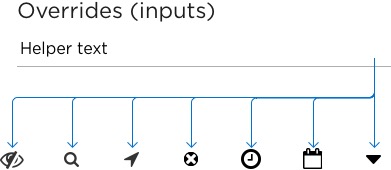
Consistency is key
After we launched our mobile app in January of 2018, our one development team became six development teams. The mobile app UX team was tasked with onboarding these teams to the app and keeping the code base consistent so we could continue to build on the foundation we'd created.
The last Nationwide app was bloated and updates, even integral experience updates, were considered too costly and time consuming for the development teams. We had to avoid this moving forward if our app was going to achieve the blue sky vision we set out for.

